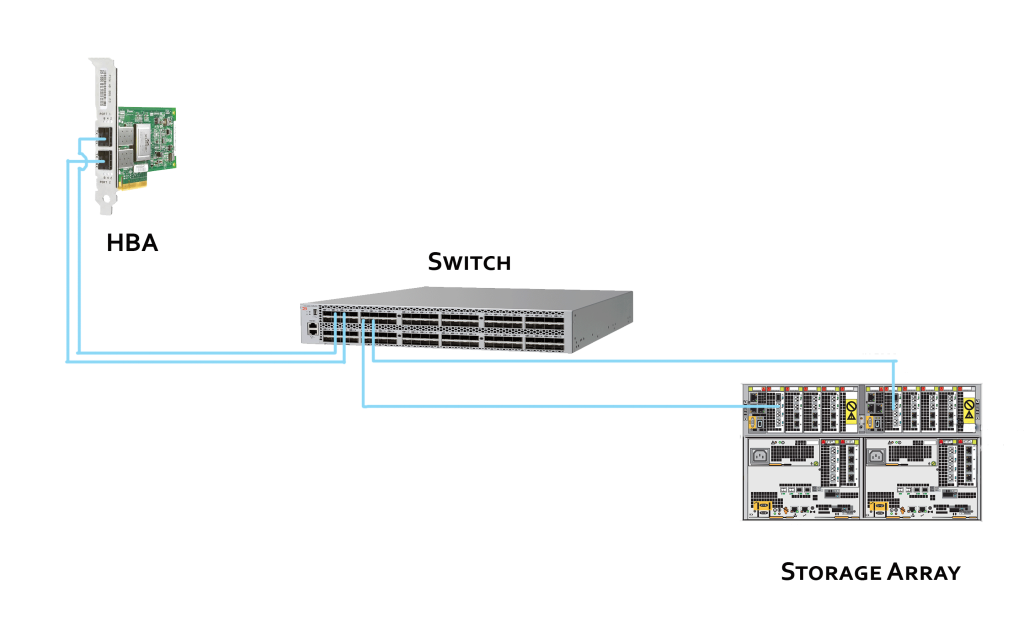

Maximum number of logged in devices per fabric with management server enabledĢ55 127 (for the shared area ports on the Brocade FC8-48 and FC8-64 Blades) Number of device connections in fabric (initiators, targets, or NPIV devices logged into the fabric) in Brocade Fabric OS Native mode (interopmode 0)Ĥ096 (for all platforms supported by FOS v7.x) 6000/6000 (for fabrics with only the following platforms: Brocade DCX/DCX-4S/DCX 8510 and Brocade 6520/ 6510/6505/5300/5100/300/7800/Encryption Switch) Metric Maximum number of domains per fabric in Brocade Fabric OS Native mode Brocade FOS Layer 2 Scalability Limits Tested/Supported Limits for Brocade FOS v7.0.x (and Later) When only a single value is listed, it means that both values are the same. Brocade recommends that any deployment of a fabric that exceeds the tested limits be verified first in a nonproduction environment to ensure reliable behavior. These values exceed what has been explicitly tested by Brocade, but they fall within reasonable limits for use in production environments. The second number (“Supported”) is the maximum limit that Brocade supports.This number is the maximum recommended limit to ensure the utmost stability and reliability. The first number (“Tested”) is the limit that has been explicitly tested by Brocade during the qualification process.Table 1 provides two numbers for each fabric metric: Refer to the specific Brocade FOS release notes and appropriate SAN Scalability Guidelines for the appropriate limits. If a fabric has products participating that are operating with an older version of Brocade FOS, the limits of the fabric must not exceed the maximum limits of that older version of Brocade FOS. Table 1 provides the limits for products running Brocade Fabric OS v7.x. Refer to the latest Brocade Fabric OS Release Notes for recommended and minimum versions required for fabric compatibility.īROCADE FOS LAYER 2 SCALABILITY LIMITS Fabric scalability is typically based on the least capable switch participating in the fabric.

BROCADE SAN SWITCH ZONING CODE
In general, Brocade recommends following the recommendations from your equipment vendor along with published Target Path release guidelines to select the ideal code level to run on a product. Other Brocade products may participate in Storage Area Networks (SANs) with products using Brocade FOS v7.x either via Fibre Channel Routing (FCR) or direct Layer 2 (E_Port) fabric interoperability. For scalability guidelines related to Brocade FOS v6.x, refer to the Brocade SAN Scalability Guidelines for Brocade Fabric OS v6.x. Refer to Release Notes documents for specific hardware models supported by a particular version of Brocade FOS. This document provides scalability information for these platforms and does not cover hardware operating with Brocade FOS versions prior to v7.0. SUPPORTED PLATFORMS Brocade Fabric OS (FOS) version 7.x supports only 8 Gbps and 16 Gbps hardware platforms. 10 Topologies Supported Using Inter-Chassis Links.11īrocade SAN Scalability Guidelines: Brocade Fabric OS v7.0.x 9 Other Considerations/Requirements for Using Fibre Channel Routing for VCS Fabric Connectivity.

7 Fibre Channel Routing Scalability for Brocade VCS Connectivity.

3 Brocade Virtual Fabrics Scalability.6 Fibre Channel Routing Scalability. 3 Brocade FOS Layer 2 Scalability Limits.
BROCADE SAN SWITCH ZONING UPDATE
Brocade SAN Scalability Guidelines: Brocade Fabric OS v7.X Version 7.2, update 1 Dated: FebruThis document provides scalability guidelines that can be used to design and deploy extremely stable Fibre Channel (FC) storage networks.


 0 kommentar(er)
0 kommentar(er)
